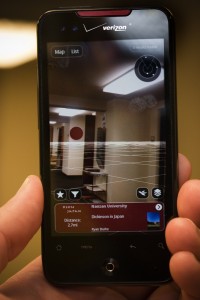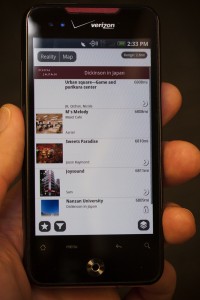This semester we lent Sony Readers to a senior seminar in German to see if students would find them useful. It was a small class of only 7 students. In addition to the size, we chose them because the professor had mentioned to me that they seemed to be having trouble understanding the readings despite the fact that they were in the senior seminar and had all studied abroad. It sounded like a good use of the e-readers and the built-in dictionaries.
Last week, I went to talk to the students and hand out very brief surveys. The responses varied, but were generally apathetic. Note taking was more difficult, so most preferred the physical texts. I asked about the dictionaries, and while all said they saw and knew how to use them, they didn’t see any need. Having been abroad so long, they explained, they gathered the meaning of the word from context. This of course belies what their professor had told me about their reading, but I would have been skeptical regardless. I’m pretty sure my reading level in German is well above the average student in the undergraduate course, and I appreciate having the dictionary immensely. Even when the context allows me to either recall or understand an unfamiliar word, checking the official definition helps me refresh and hopefully cement the word in my consciousness.
Otherwise, the only other point on which they were in general agreement was cost. If the savings that came from downloading books for free from the public domain outweighed the cost of an eReader, they would consider purchasing it on their own.
I plan on trying again in the fall, probably with a lower lever class. An introductory literature course may be better since students face a rather large jump in reading from the last language course. Hopefully their need for additional vocabulary will be a nice fit with the dictionaries, and I’ll have to consider suggesting strategies for note taking as well.



